USA businesses trying to expand in Dubai often have to call Dubai from the...


USA businesses trying to expand in Dubai often have to call Dubai from the...

There is often confusion between customer service vs. customer support....
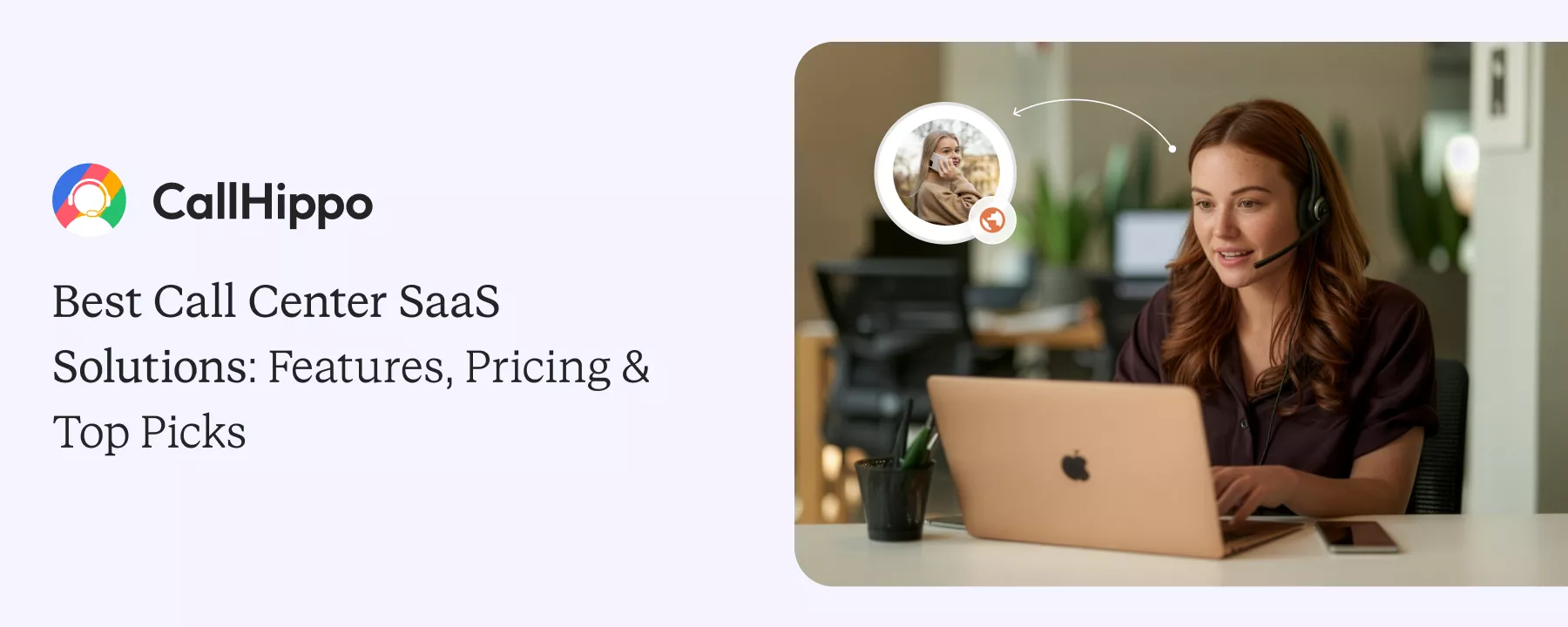
Today, customers expect quick and efficient customer service. A HubSpot study...
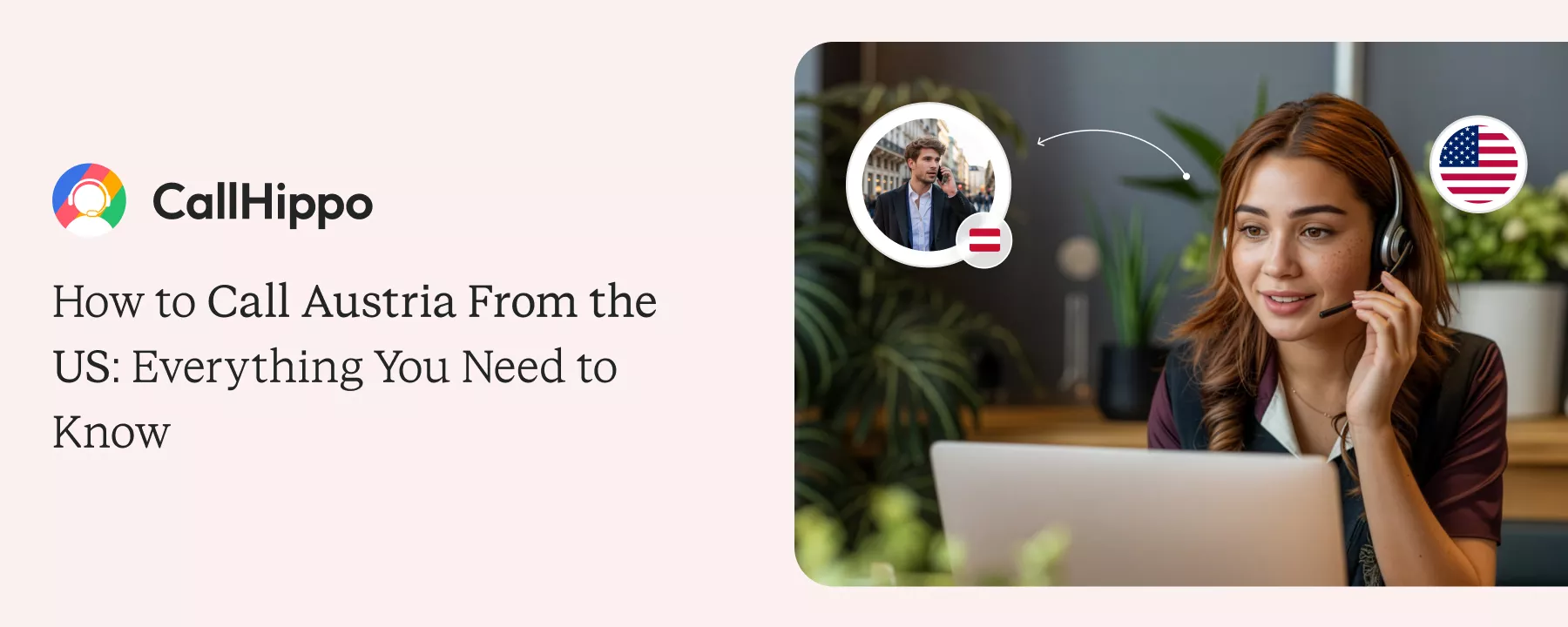
Austria is a prime business destination with tons of opportunities. In 2021,...
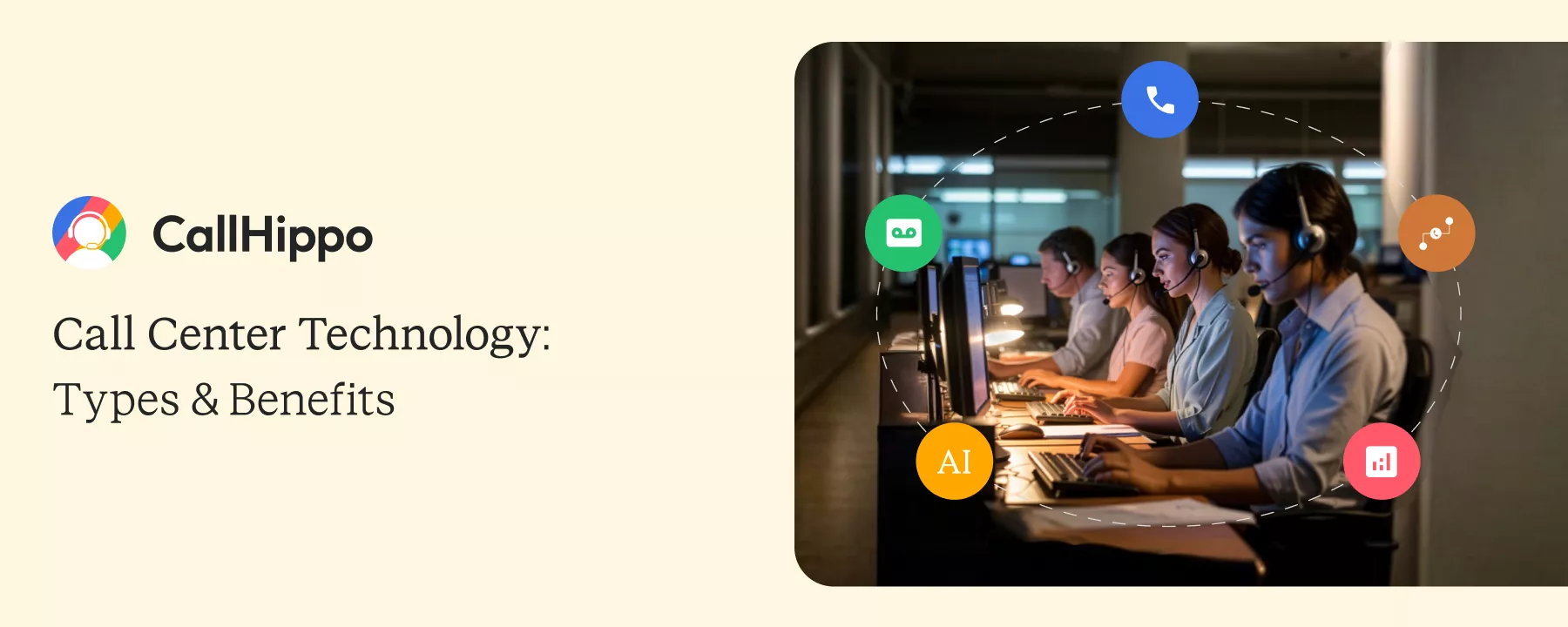
Call center technology has advanced significantly in the last decade, with...
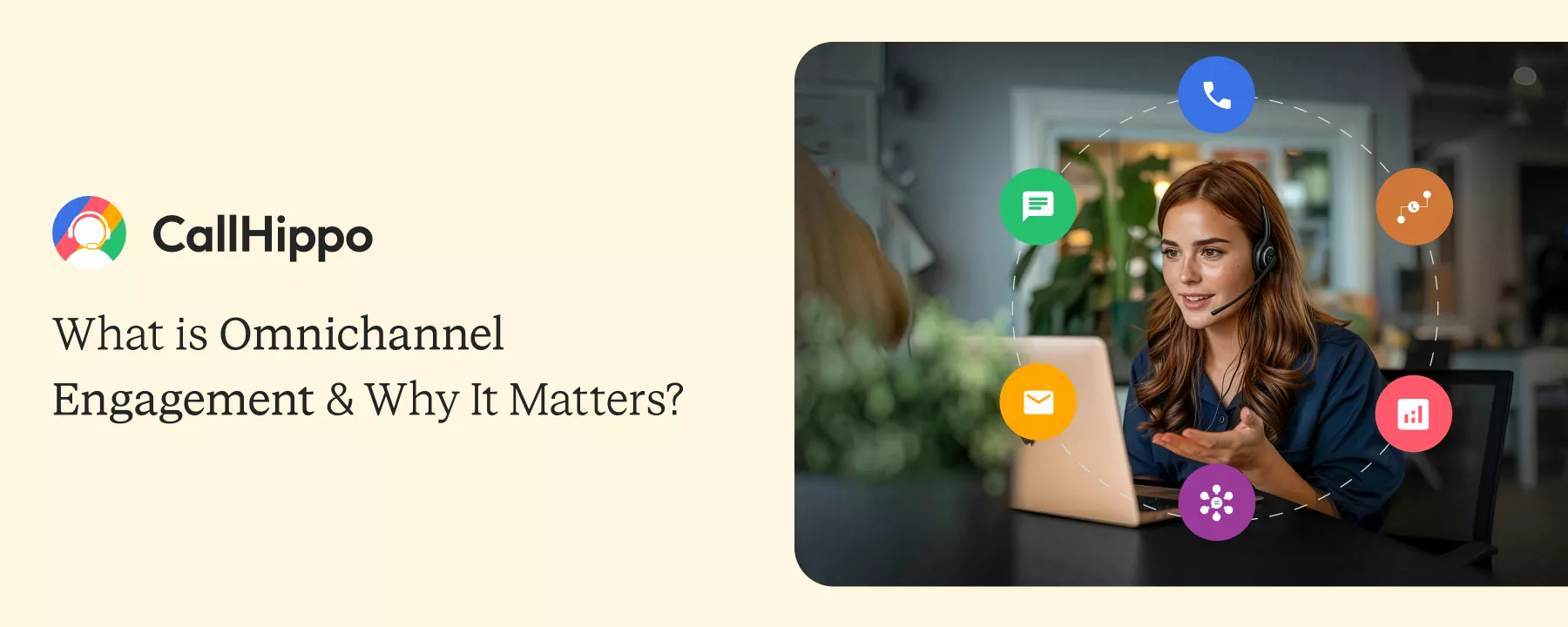
Customers don’t just buy products; they buy experiences. And those...
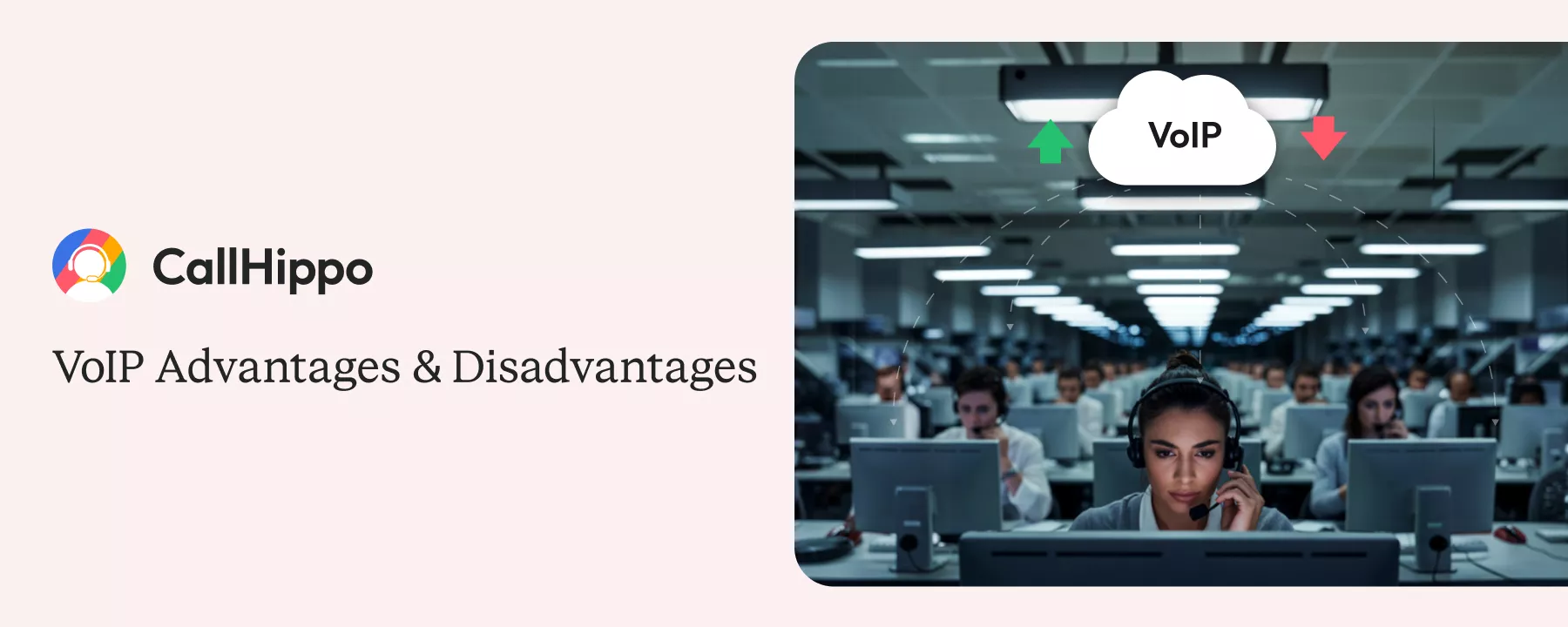
As businesses and individuals seek efficient, cost-effective ways to stay...
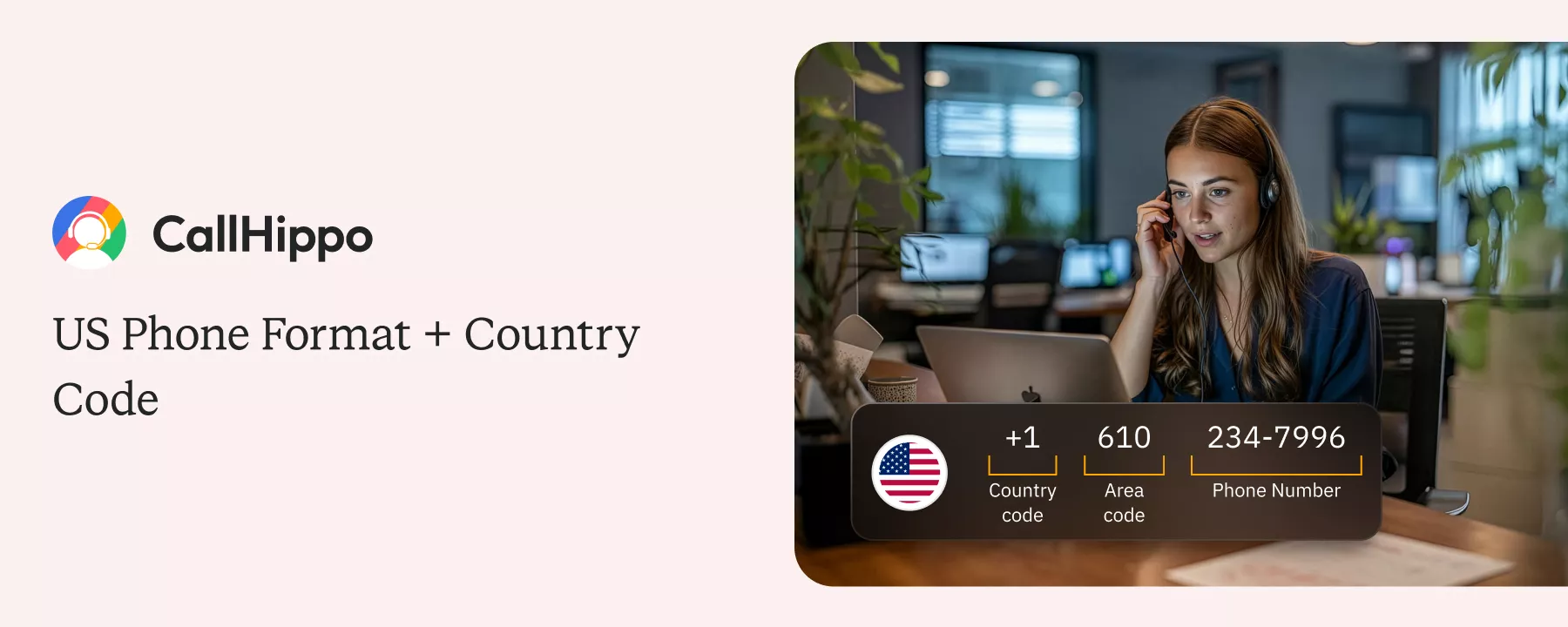
Calling someone in the US can be simple only when you know the right US prefix...

To most people or businesses, making an international call can sometimes feel...
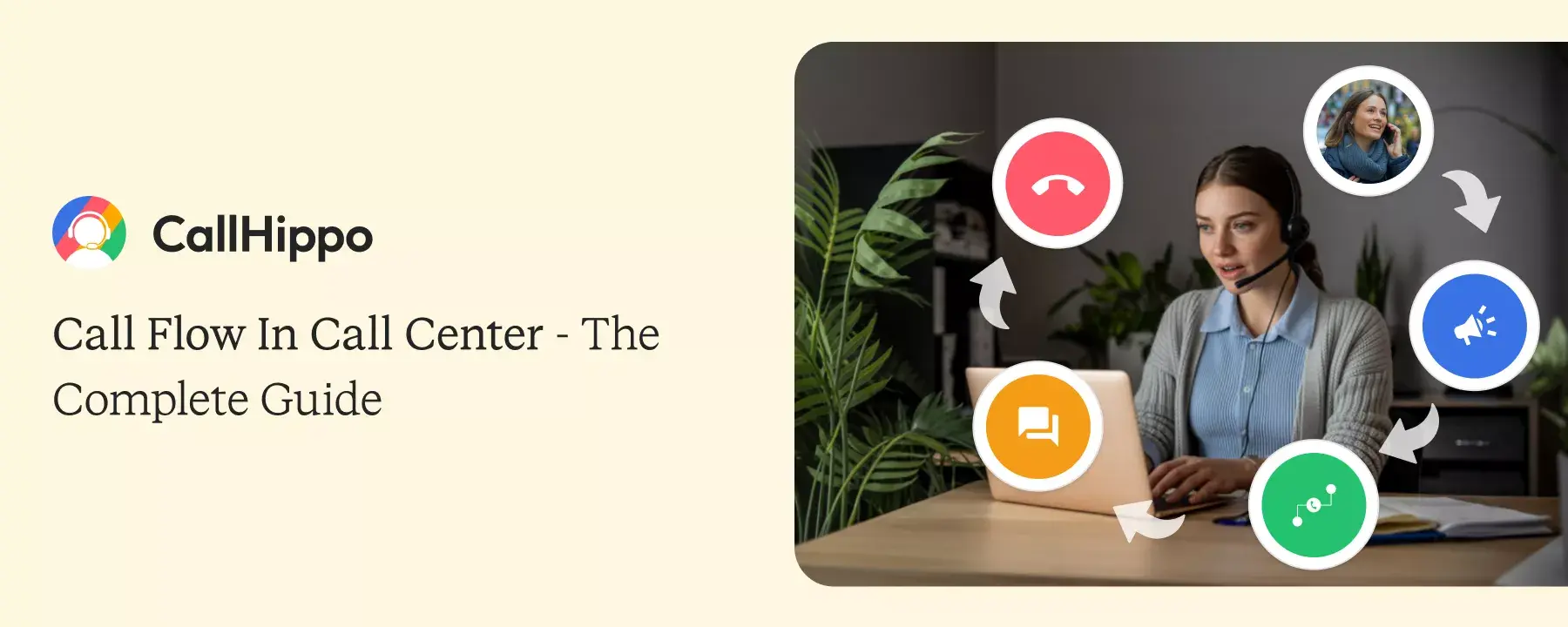
Modern businesses and their customers are far different than what they were a...





